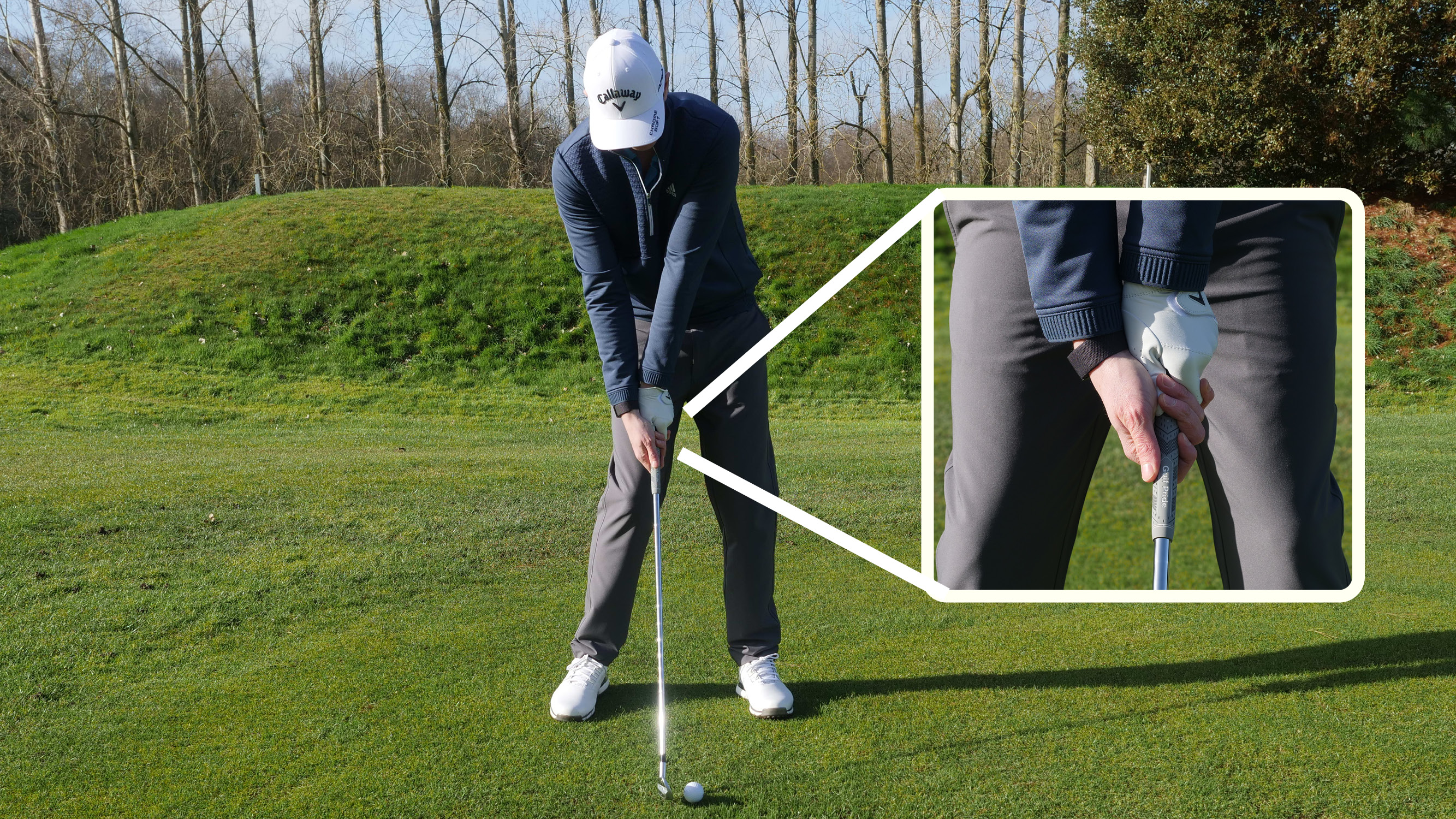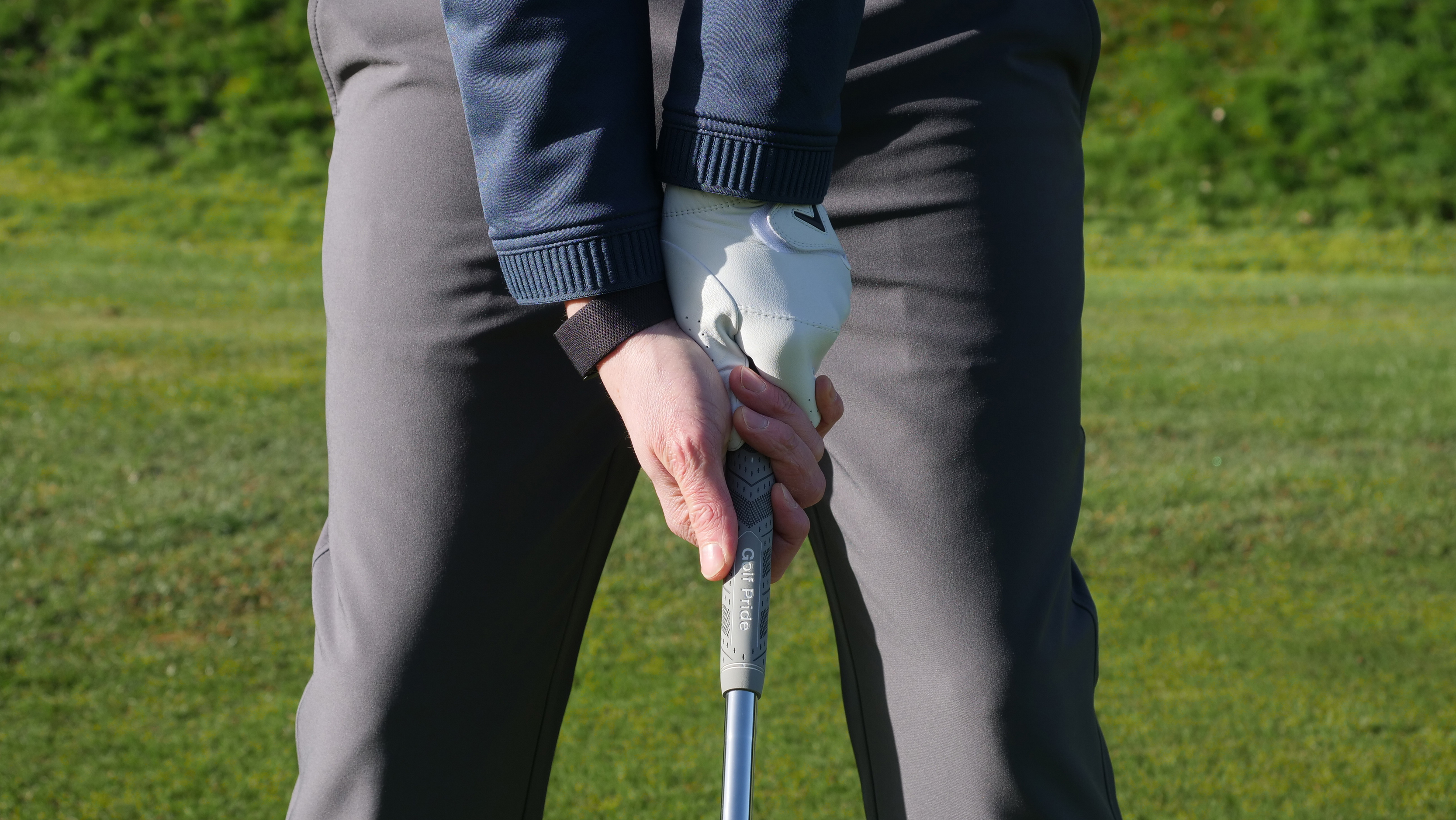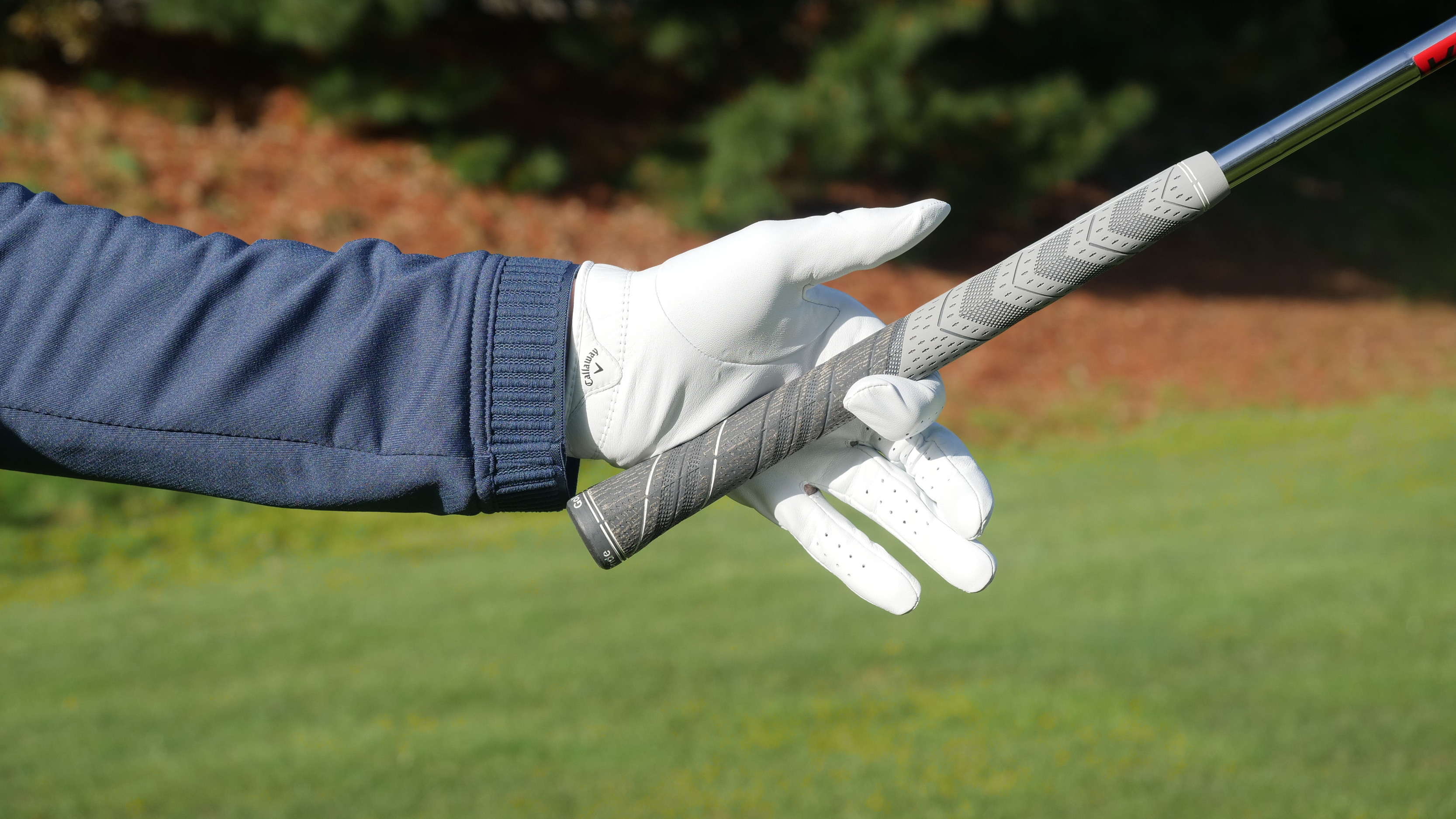Strong Golf Grip: What Is It And How To Fix It
If you have a strong golf grip, you will benefit from shifting it back towards neutral. PGA pro Ben Emerson explains how to do that with his expert tips...


A strong golf grip can lead to plenty of common amateur golf swing faults, so investing some time into perfecting the golf grip is well worth it. Many golfers with a strong grip will struggle with hooking the golf ball, but fear not as there is a simple fix.
In this article, Golf Monthly Top 50 Coach Ben Emerson explains everything we need to know about the strong golf grip and shares his expert tips to remedy it...
Strong golf grip: What is it?
The first thing to learn is exactly what a strong grip looks like, so that you can identify whether you have one yourself. Understanding the signs of a strong grip will help you to shift it back towards neutral, and regularly check that old habits haven't slipped back into your set-up.
Our hands are the only thing that's connecting us to the golf club, so getting this fundamental of the golf swing right is absolutely crucial. A neutral grip will give you better clubface control and ultimately better outcomes on the course.
If you are a right-handed golfer, a strong grip will display as your top and bottom hands being turned too much to the right. This means you will see three or even four knuckles on the left hand and none on the right.

This is how a strong golf grip will look from face on
What this promotes in the swing is active hands through impact, which leads to inconsistency due to a lack of control. Shutting the clubface down like this means people who have a strong grip tend to hit the ball predominantly from right to left, and will often wonder why they struggle with hooking the golf ball.
Strong golf grip: How to fix it
So, how do you grip a golf club? First thing’s first, you want the clubface pointing towards the target, and it’s easier to get a good visual of that with the club raised off the ground. Check Ben's demonstration in the video above for more detail.
Subscribe to the Golf Monthly newsletter to stay up to date with all the latest tour news, equipment news, reviews, head-to-heads and buyer’s guides from our team of experienced experts.
From there, you want the grip to run through the pad of your lead hand. A nice checkpoint to see if you’re getting into a neutral position is to take all your fingers off, except the index, and see if you can still grip the club. If you can’t, try again until you are able to, and if you can, simply put the other fingers back on the grip and get a sense for how that neutral position feels.

This checkpoint will let you know if you're gripping the club properly with your lead hand
Rather than the three or four knuckles of earlier, you should now be able to see two or two-and-a-half knuckles on the lead hand. Additionally, the thumb and index finger should form a ‘V’ with the line pointing towards your right shoulder.
With the other hand, keep the club raised and come in from the side so it naturally slots into place on top of the other - again, you want to see a couple of knuckles. If you've managed this, you’ll be in a really neutral position with the grip so you can deliver the club nice and square through impact and start to hit the ball straight.

Location: Sand Martins GC
Ben’s modern approach to golf coaching has seen him become one of the most sought-after coaches in the country and teaches none other than Robbie Williams. His honest, modern and fun style of coaching has help thousands of golfers of all ages and abilities and he has been coaching for over 20 years.
Advice for practice:
Start with slow, small swings. If you can’t do it small and slowly there is not a hope in hell of doing it at full speed with a full swing! In other sports such as rugby or martial arts they slow learn new moves/plays before making them at full speed.
Teaching philosophy:
‘Why guess when you can access’ Ever new student goes through a full TPI movement screen, 3D motion capture and pressure plate analysis as well as TrackMan and 2D video analysis. Coaching is based on facts and not guess work.
Most common problem:
A lack of clubface understanding and awareness. I get golfers to aim the clubface directly at the target and get them to make a slow swings and deliver the club to the ball with an open face, then repeat the same thing again but with a closed face, followed by one at the target. Giving them full awareness based on feelings errors to find a happy middle ground.